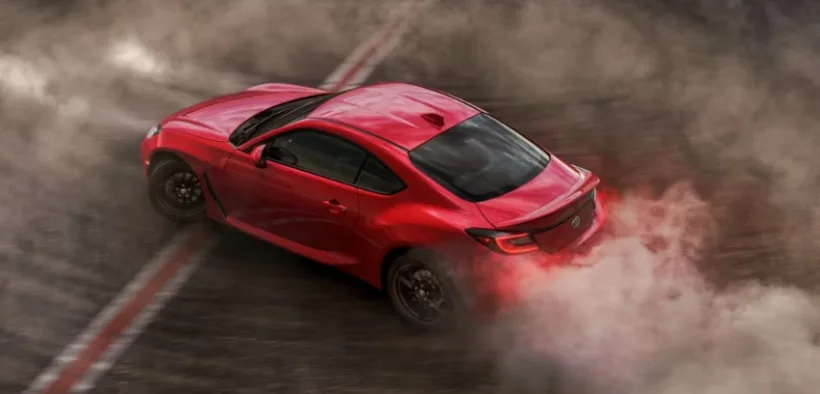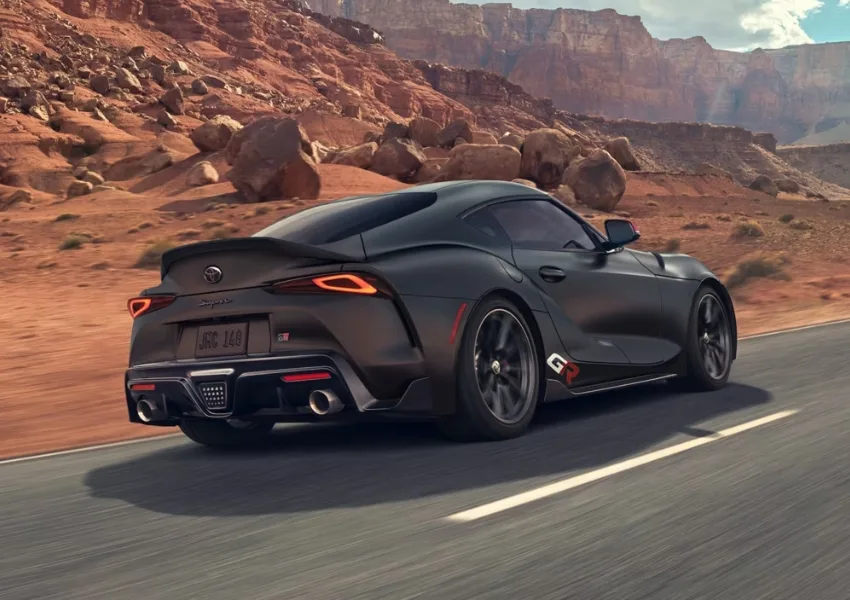Toyota Bets on Manuals While Industry Turns to EVs

2025 GR86
Image Credit: Toyota
Most of the automotive news headlines in 2025 are about electric cars, battery supply chains, and advanced driver-assistance systems. Automatics are the most common type of car, hybrids and electric vehicles are everywhere, and the global auto industry is quickly getting used to stricter emissions rules. But Toyota keeps doing something strange: it won’t stop making cars with manual transmissions.
Manuals in a Market That’s Moving On
For many manufacturers, three-pedal cars are already history. Regulatory pressure, consumer demand for convenience, and the march of new technology have all made manuals a niche. Despite that, Toyota still offers them in cars like the GR86, GR Supra, and GR Corolla. The company seems to recognize that, while manuals may not drive mass-market sales, they embody a kind of driving spirit that some buyers are unwilling to let go of.
More Than Nostalgia
It would be easy to dismiss this strategy as sentimental. But it’s not just about clinging to the past. Toyota understands that manuals give it a competitive edge in a shrinking but loyal segment of the market. Drivers who want the direct connection of shifting gears themselves often see Toyota as one of the last reliable brands offering the experience. That loyalty can pay off in ways that go beyond sales numbers.
Why Toyota Keeps Manuals Alive
The business case for manuals isn’t about volume. It’s about differentiation and brand identity. Manuals:
- Keep Toyota’s GR performance models distinct from competitors.
- Strengthen the company’s image as a brand that cares about driving, not just transportation.
- Generate enthusiasm and word-of-mouth that money can’t easily buy.
- For enthusiasts, these are not small points. They’re reasons to stay with a brand when others have abandoned them.
Balancing Passion with Regulation
Toyota isn’t ignoring the future. It’s investing heavily in hybrids, EVs, and new car technology to meet emissions rules and market demand. At the same time, it’s holding space for something less measurable: the joy of driving. Manuals allow the brand to walk a fine line—complying with global regulations and industry shifts while still keeping its performance DNA alive.

The 2026 GR SUPRA
Image Credit: Toyota
A Unique Position in the Global Market
The global auto market analysis shows that European automakers are phasing manuals out almost entirely, citing efficiency and sustainability. In the US and some Asian markets, however, there’s still a small but active demand for them, especially in performance-oriented vehicles. Toyota has positioned itself as one of the few mainstream manufacturers willing to serve that demand. In doing so, it maintains relevance with enthusiasts while competitors streamline their lineups.
The Enthusiast Advantage
Enthusiasts might not account for the largest share of Toyota’s customer base, but they’re influential. They drive conversation, create content, and shape brand perception. In a world where breaking auto news usually revolves around EV battery production or recalls, Toyota earns attention simply by keeping manuals alive. It’s a strategy that ensures its cars remain part of the cultural conversation, not just the sales charts.
Looking Ahead
Manuals won’t reverse industry trends. The majority of vehicles sold in coming years will be automatic hybrids, EVs, or next-gen autonomous models. But Toyota’s commitment to offering manuals means that, if you want a car that still values the driver’s role in the experience, you know where to look. It’s a small corner of the market, but one Toyota has claimed for itself.
Conclusion
Toyota isn’t ready to give up on manual transmissions, even though they are going away. The company is sending a message by keeping them in its performance models: not everything about driving needs to be automated. Toyota is keeping a piece of tradition alive for people who still want to feel the road through the gear lever in a world shaped by rules, electrification, and efficiency. For fans, that choice might be more valuable than any new technology.









